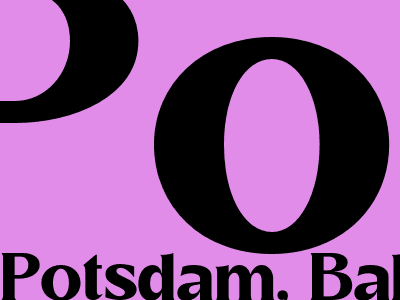
Potsdam, Babelsberg, Brawling: A Historical Overview
Introduction
The history of Potsdam, Germany, is closely intertwined with the development of Babelsberg, a district located just southwest of the city. This historic connection has been marked by periods of both cooperation and conflict, often resulting in brawling among the local population.
Potsdam's Founding and Babelsberg's Emergence
Potsdam was founded in the 10th century as a Slavic settlement. During the Middle Ages, it became the seat of the Margraves of Brandenburg and later the Kings of Prussia. In the 17th century, the Great Elector Frederick William I established a hunting lodge in Babelsberg, which eventually expanded into a palace and park complex.
As Potsdam grew in prominence, Babelsberg emerged as a popular destination for the Prussian royal family and the aristocracy. It became a center of cultural and intellectual activity, attracting artists, writers, and philosophers.
Brawling and Political Turmoil
Despite the apparent harmony between Potsdam and Babelsberg, there were periods of tension and brawling between the two towns.
One of the most notable incidents occurred in 1848, during the German Revolutions. A group of Babelsberg residents attempted to storm Potsdam's town hall, protesting against the Prussian government. The confrontation turned violent, resulting in several deaths.
Another period of unrest occurred in the late 19th century, when the rapid industrialization of Potsdam led to economic and social disparities. Workers in Babelsberg staged several strikes and protests, which were often met with heavy-handed police repression.
20th Century: Potsdam and Babelsberg United
The 20th century brought significant changes to the relationship between Potsdam and Babelsberg. In 1939, the two towns were formally merged into a single city, known as Potsdam-Babelsberg.
After World War II, Potsdam became a major center of the Soviet occupation zone and later the German Democratic Republic (GDR). Babelsberg's film studios played a prominent role in GDR cinema, producing numerous acclaimed films.
Post-Reunification: Renewal and Revitalization
Following German reunification in 1990, Potsdam-Babelsberg experienced significant economic growth and cultural renewal.
The Babelsberg film studios have become a major production center for German and international films, attracting filmmakers from around the world. Potsdam's historic palaces and parks have been restored and reopened to the public, making it a popular tourist destination.
Conclusion
The history of Potsdam and Babelsberg is a complex and multifaceted one, marked by both cooperation and conflict. The brawling between the two towns has been a recurring theme, reflecting the social and political tensions that have shaped the region throughout the centuries.
Despite their occasional differences, Potsdam and Babelsberg have remained inextricably linked, forming a vibrant and dynamic urban center that continues to attract visitors and residents alike.